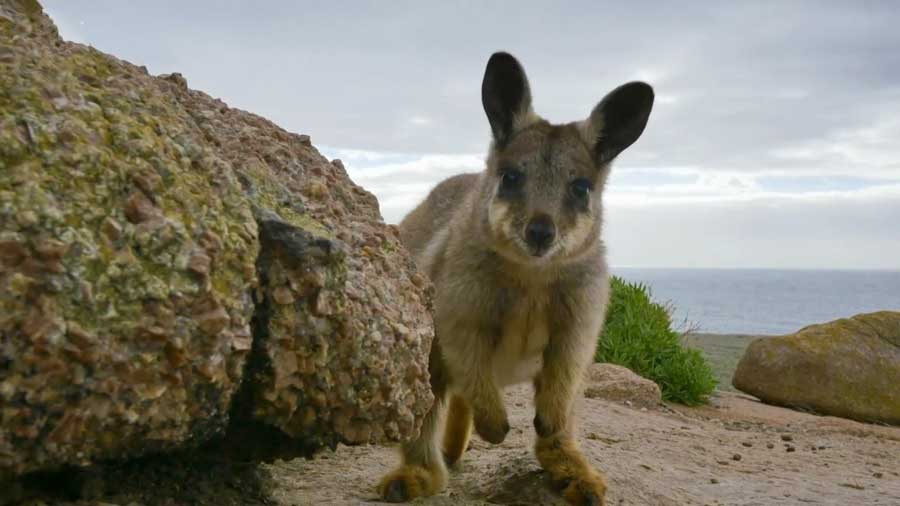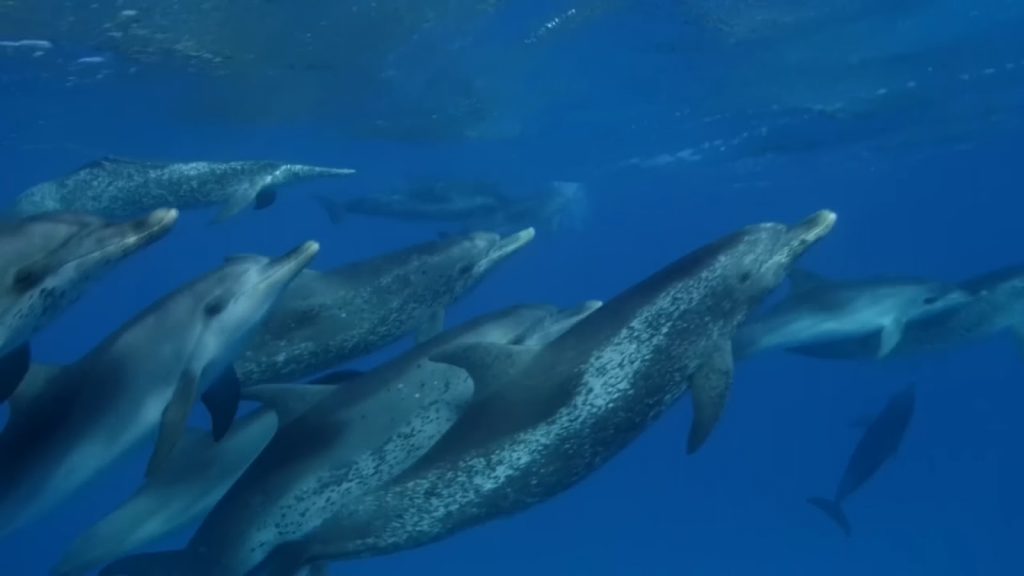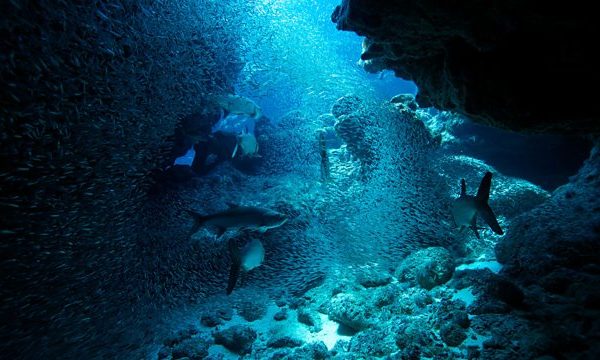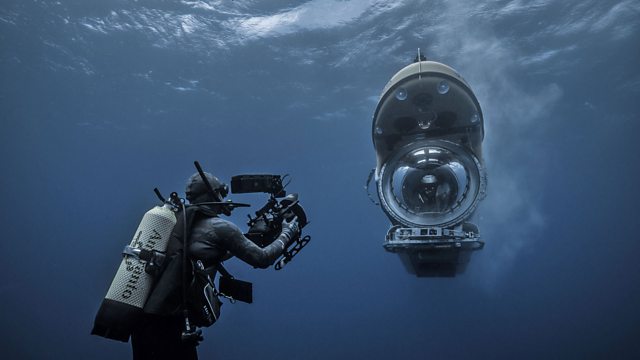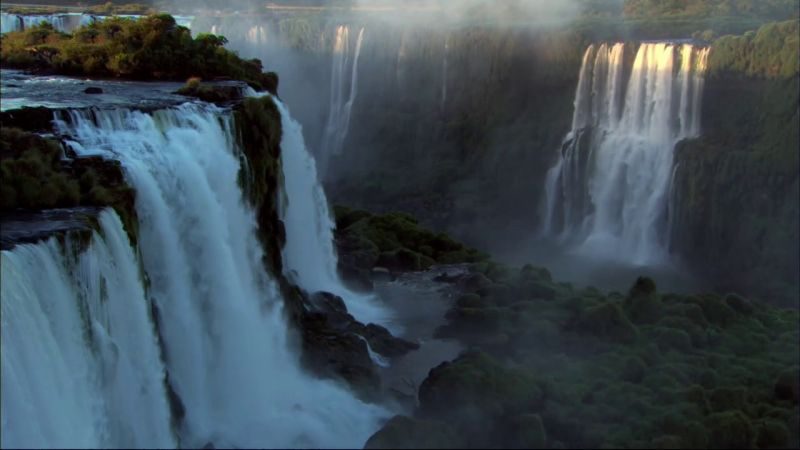Australia Earth’s Magical Kingdom episode 2 – Ocean: This episode sets out to understand why marine species are drawn to the coasts of Australia and discovers that the country’s three surrounding oceans – the Southern Sea, the Pacific and The Indian Ocean – create a unique environment for ocean voyagers of all types.
In the clean waters of Pearson Island off South Australia, Australian sea lions, once a rare sight are now protected from hunting and are thriving. Meanwhile in the wide shallows of Spencer Gulf, June is the time for a midwinter gathering of spectacularly colourful giant cuttlefish who battle for mates.
The cold Southern Ocean also brings humpback whales from Antarctica to give birth and triggers the breathtaking spectacle of thousands of Australian spider crabs, the largest crustaceans in the world, congregating under the piers of Port Philip Bay to moult. It is a grisly time as the first to reveal their soft shells are cannibalised by their neighbours. Still, there is safety in numbers as bigger predators, smooth stingrays, sweep over the congregation sucking them from the seabed.
A hundred miles up the coast from Sydney, Cabbage Tree Island is home to one of only two breeding colonies of Gould’s petrel in the world. Chicks must find their way across rocky ground, scale the vertical trunks of giant cabbage tree palms and overcome their vicious spines in order to capture the breeze to become airborne. They will spend the next five to six years at sea.
Australia Earth’s Magical Kingdom episode 2 – Ocean
Off the west coast the Lacepede Islands are bathed in the warm currents of the Indian Ocean. 18,000 pairs of brown boobies build makeshift nests here whilst further south Shark Bay lives up to its ominous name as tiger sharks sweep in to prey on a whale carcass. It is a sight that brings boatloads of onlookers.
Sepia apama
Sepia apama, also known as the giant cuttlefish and Australian giant cuttlefish, is the world’s largest cuttlefish species, growing to 50 cm (20 in) in mantle length and over 10.5 kg (23 lb) in weight. Using cells known as chromatophores, the cuttlefish can put on spectacular displays, changing color in an instant.
S. apama is native to the southern coast of Australia, from Brisbane in Queensland to Shark Bay in Western Australia. It occurs on rocky reefs, seagrass beds, and sand and mud seafloor to a depth of 100 m.
Humpback whale
The humpback whale is a species of baleen whale. One of the larger rorqual species, adults range in length from 12–16 m (39–52 ft) and weigh around 25–30 metric tons (28–33 short tons). The humpback has a distinctive body shape, with long pectoral fins and a knobbly head. It is known for breaching and other distinctive surface behaviors, making it popular with whale watchers. Males produce a complex song lasting 10 to 20 minutes, which they repeat for hours at a time. All the males in a group will produce the same song which is different each season. Its purpose is not clear, though it may have a role in mating by inducing estrous.
